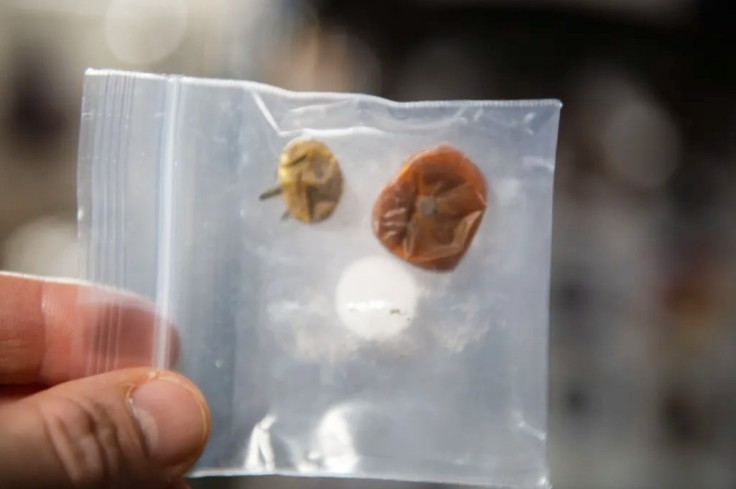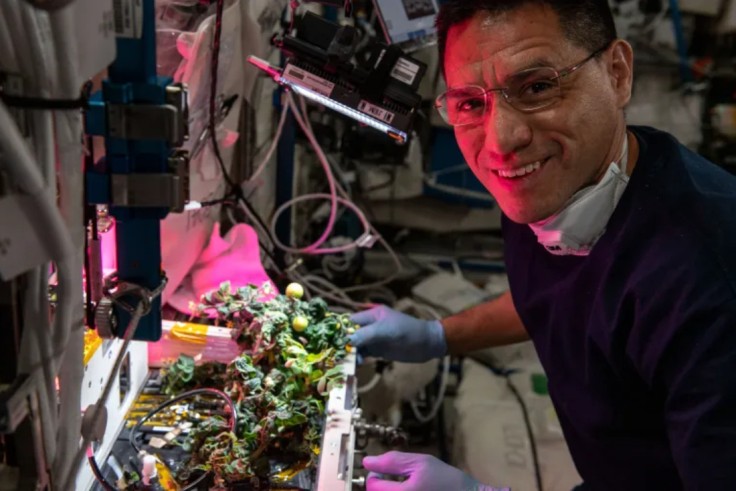When we misplace fruits on Earth, it might not be much of a big deal, but losing a tomato in outer space inside the International Space Station is interesting, especially if you find it almost a year later and realize that it did not rot at all.

Somewhat Preserved Tomatoes
The entire thing started when astronaut Frank Rubio was tending to the tomato plant aboard the ISS and one tomato came loose, so he decided to put it in a bag and take it home with him for presentation. However, he soon realized that the tomatoes were gone.
"I was pretty confident that I velcroed it where I was supposed to velcro it, and then I came back and it was gone," said the astronaut. He even spent eight to 20 hours of his own time looking for the tomatoes but with no such luck in finding them.
Upon learning that Rubio lost the tomatoes, his fellow astronauts jokingly said that he simply ate them, which urged Rubio to find the tomatoes to prove that he did not. It wasn't until eight months later that the tomatoes reappeared, as reported by Engadget.
They were found by Expedition 70 crew members after Rubio had already returned to Earth. "We might've found something that someone has been looking for, for quite a while," says a crew member. "We can exonerate him," she added after accusing Rubio of eating it.
That's not the only interesting thing. Based on the photo posted by NASA, the tomatoes show no signs of rot, as well as microbial or fungal growth. They simply look dehydrated and have a bit of discoloration looking more of a brownish-orange.
Part of the XROOTS Experiment

The tomatoes were once part of a NASA project called eXposed Root On-Orbit Test System (XROOTS), wherein plant growth is investigated within the microgravity environment, and nutrient delivery and recovery techniques such as aeroponics are evaluated.
The experiment is observed over the growth cycle from germination to maturity. This was a way for the astronauts to learn more about growing their own food to sustain themselves, especially during long-term missions, according to Frank Rubio.
The experiment uses hydroponic and aeroponic techniques to grow plants without soil or other growth media, which is conducted through the space station's Veggie facility to grow dwarf tomatoes, as mentioned in NASA's blog post.
The facility helps contribute to the study of the impact of light quality and fertilizer on fruit production, along with microbial food safety, nutritional value, and taste acceptability by the crew. Unfortunately, the long-lost tomatoes were already discarded, likely for safety reasons.
Astronauts continue to conduct plant research on Plant Habitat-03, which is one of the first multi-generational plant studies aboard the ISS. This could help assess the genetic adaptations in one generation of plants grown in space, and see if they can transfer to the next.
Provided that the research becomes successful, genetic elements could be identified and plants would be able to survive spaceflight, ultimately opening the possibility of growing food in space for future missions.









